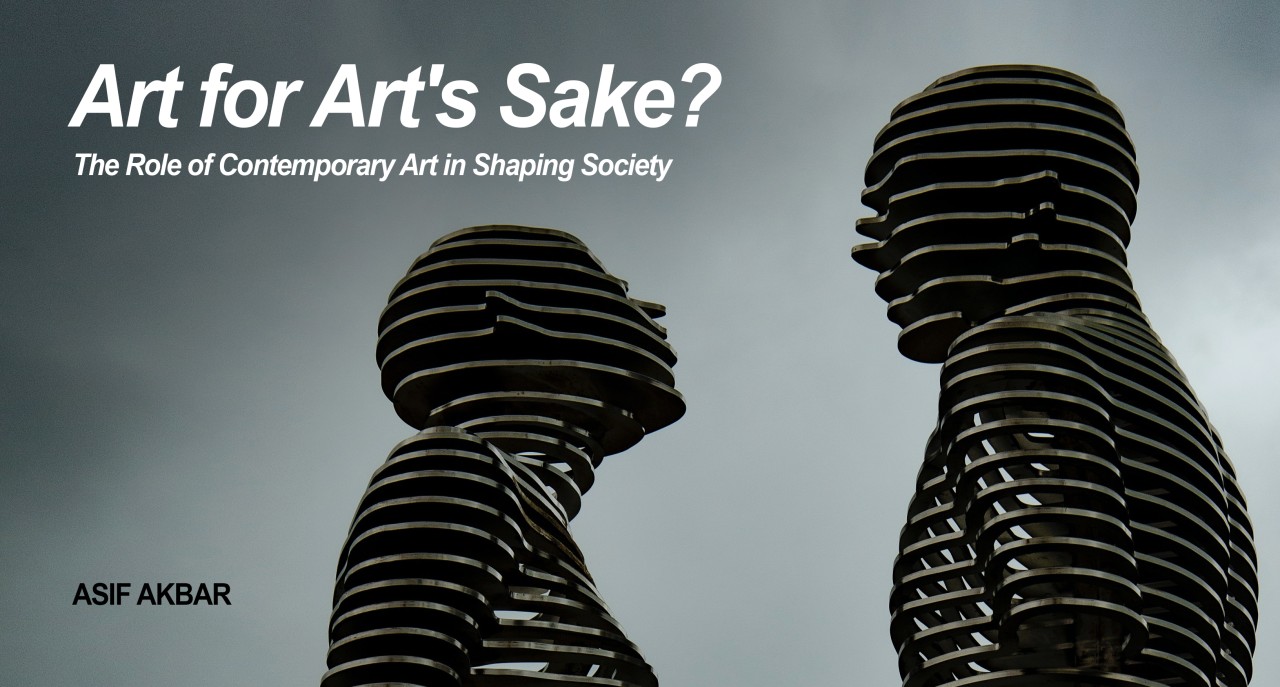Contemporary ART


Contemporary Art: Effect on Society
Contemporary art reflects and challenges societal values, raising awareness on social, political, and environmental issues. It fosters dialogue, promotes cultural diversity, empowers marginalized voices, and often serves as a tool for activism. By engaging communities and breaking traditional artistic boundaries.
1. Modern Art Methods
Modern art encompasses a variety of philosophies and styles. To express their concepts more freely, artists frequently combine or invent new strategies. For instance, the concept of conceptual art emphasizes that the end result is less important than the underlying idea. In addition, installation art consists of large-scale works that may include objects, video, and sound, often designed to be immersive. Performance art involves time-based actions and frequently utilizes the artist’s own body as the medium. Moreover, digital and new media art incorporate technologies such as virtual reality, video, and artificial intelligence. Social practice includes community-based or participatory approaches that directly involve people. Finally, appropriation uses elements from other artworks, cultures, or media to critique or reinterpret meaning.
2. Modern Art Techniques
Artists today use both traditional and highly experimental techniques. One common approach is mixed media, which integrates various materials—such as combining acrylic with fabric or merging photography with sculpture. Collage and assemblage involve layering images or assembling found materials to create new forms. Similarly, digital manipulation makes use of software to alter images, build 3D models, or generate algorithmic art. Experimental painting often employs tools like palette knives, spray cans, or even unconventional materials such as coffee or sand. Lastly, process art focuses on the act of creation itself, which may be made visible or documented as part of the final piece.



